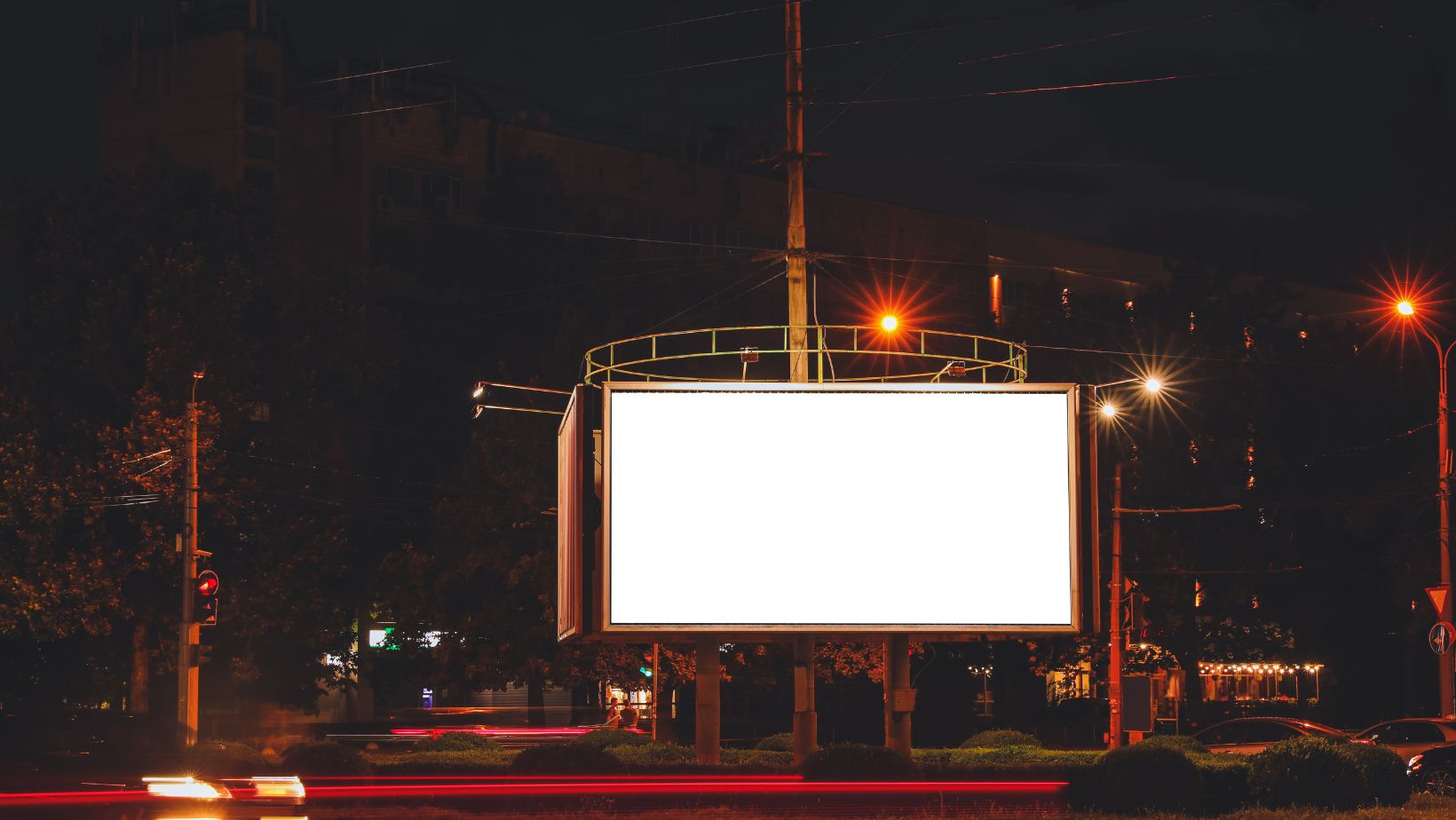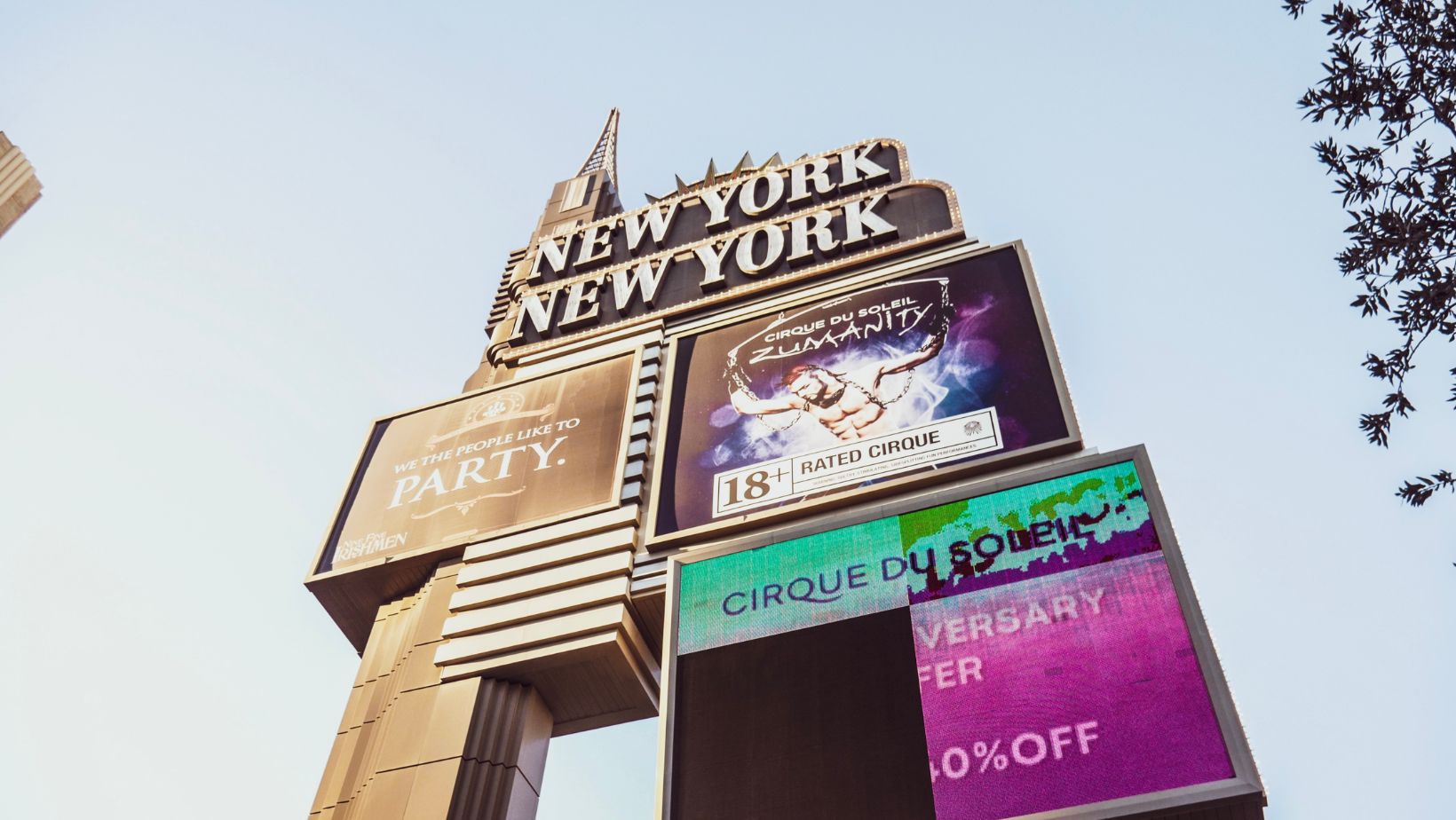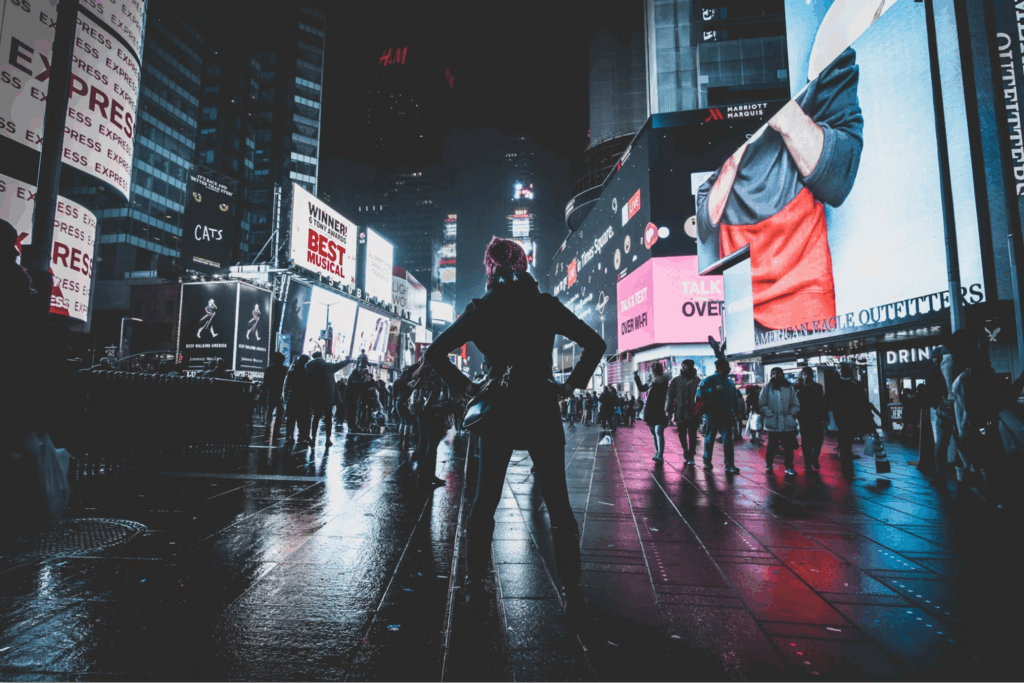Outdoor visual communication is no longer just a “nice-to-have”—it’s a competitive advantage. Whether you operate a retail store, a service-based business, or a commercial property, an outdoor led display can elevate your brand presence, engage passersby, and deliver messaging in real time. But not all displays are created equal.
Here’s what to consider before investing in an LED display for your business.
Brightness That Matches Your Environment
One of the first specs to check is brightness, measured in nits. For outdoor environments with direct sunlight, your display should offer at least 5,000 nits to remain visible. A screen that’s too dim will get washed out, reducing its impact and wasting your investment.
Also consider whether your location faces changing light throughout the day. Automatic brightness adjustment features can help optimize visibility while saving energy.
Durability and Weather Resistance
Your outdoor LED screen must withstand wind, rain, temperature changes, and even dust. Look for IP-rated displays that are built for year-round use.

Aluminum or stainless steel cabinets, protective coatings, and efficient cooling systems will also help extend the screen’s lifespan—especially in places with harsh climates.
If your display is located near the coast or in high-humidity areas, corrosion-resistant materials are especially important to ensure consistent operation. It’s also a good idea to install backup power systems or surge protection, especially in storm-prone regions.
Size and Resolution
Size matters, but so does clarity. Don’t just go big—go sharp. The screen’s resolution should suit the typical viewing distance. For example, a display outside a storefront may need a higher pixel density than one on a highway billboard.
Choosing a screen that balances scale and detail ensures your content looks crisp and professional.
You should also consider whether the screen will need to display text, video, or real-time graphics. Content format will influence your resolution and layout needs, and can help guide the right hardware choice.
Content Control and Connectivity
Who will manage your screen, and how easy is it to update? Choose a system that lets you schedule and change content remotely. Cloud-based platforms offer flexibility and save time, especially if you manage multiple locations.

Connectivity options like 4G, Wi-Fi, or wired Ethernet can also influence how easily you can send new content to your display. In areas with limited infrastructure, wireless connectivity may be the most practical solution.
Maintenance and Support
Ongoing service matters. Look for a vendor that offers responsive support, warranty coverage, and replacement part availability. Modular displays allow for easier repair, so a single damaged panel doesn’t mean taking down the whole screen.
Ask how often the screen will need cleaning or calibration, and whether the provider offers long-term maintenance plans. These extra services can improve reliability and extend the life of your investment.
An outdoor LED display isn’t just a sign—it’s a living, breathing part of your business strategy. Choosing the right one ensures your message is seen, understood, and remembered. It’s an investment that continues to deliver value across seasons, audiences, and evolving marketing needs.


More Stories
USB Flash Drive Showing No Media in Disk Management [8 Quick Fixes]
The Institutional Case for Tokenizing Real‑World Assets
How to Protect Your Business from Employee Lawsuits in Florida